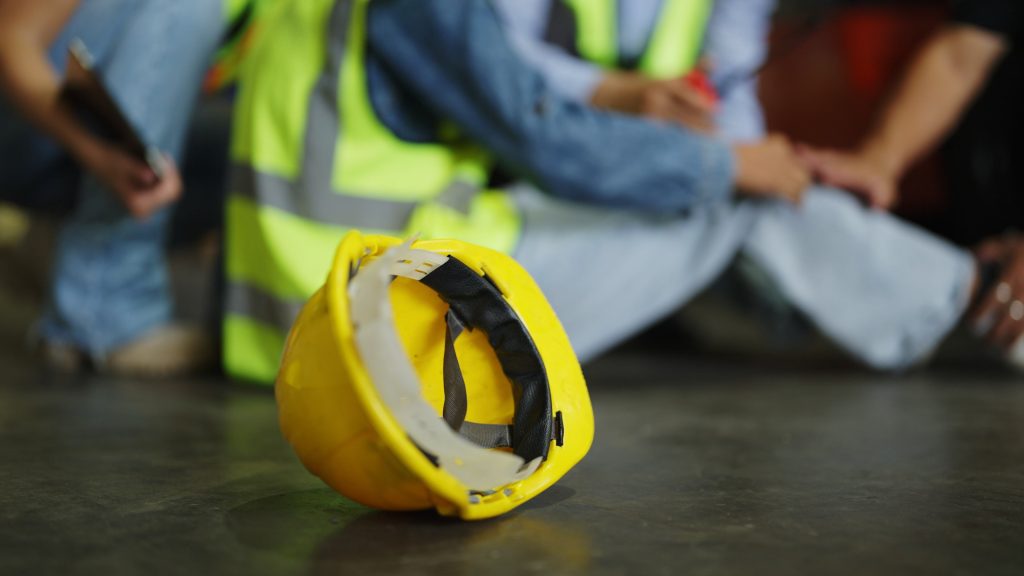When it comes to claiming personal injury compensation, it’s important to be aware of your legal rights and the steps you need to take to help you succeed.
At Accident Claims, we offer free advice on a range of topics relating to personal injury claims. This advice comes in the form of our guides, the links to which you can read below.
We can also provide you with advice on your case if you:
- Call us on 0800 073 8801
- Speak with us now via our live chat service
- Or write to us about your case via our contact page
What Is A Personal Injury?
A personal injury is any type of injury that you may suffer in an accident. This could be a fall at work, a slip in a supermarket or a car accident.
When it comes to making a compensation claim, the accident needs to have been caused by a negligent third party.
However, you can also make a personal injury claim if you were partially at fault for what happened.
Can I Claim Personal Injury Compensation?
In order to be eligible to make a personal injury compensation claim, it’s necessary to prove negligence. This is achieved by satisfying three criteria:
- That the defendant owed you a duty of care
- Their acts or omissions breached that duty
- And as a result of that breach, you suffered an injury
In cases involving accidents at work and road traffic accidents, proving duty of care is quite straightforward. That’s because all employers owe their employees a duty of care under the Health and Safety at Work etc Act 1974. Likewise, all road users owe each other a duty of care when on the roads.
The point of contention is often proving a breach of duty occurred. This is because the duty of care owed is only a reasonable one, not an absolute one.
So, for example, your employer is expected to do all they reasonably can to keep you safe at work. If they can prove that they’ve taken all possible steps but an accident still occurred, they may escape liability.




